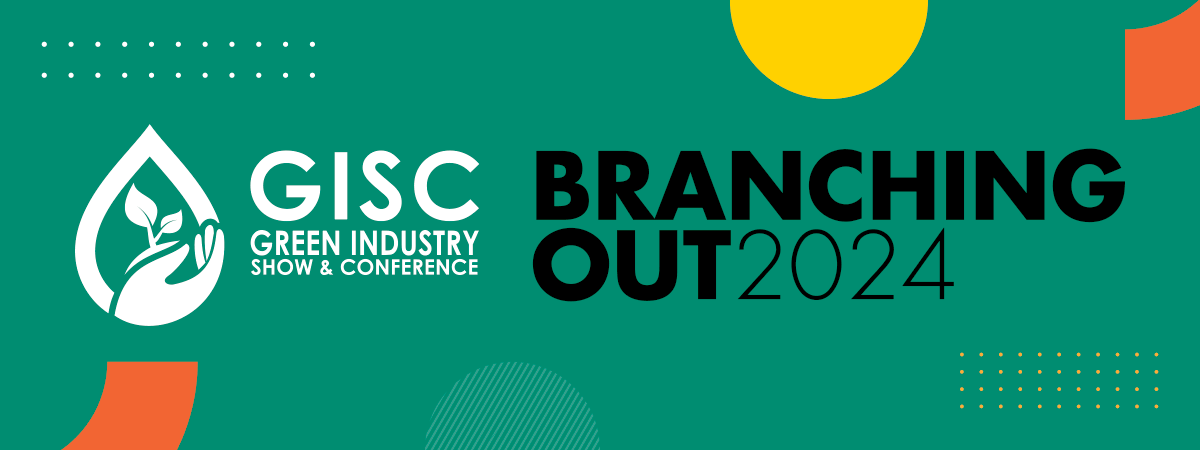Frequently I will hear an owner or business leader say . . . we sent this person to this workshop, class, or seminar two months ago and I don’t see any difference in him. The perspective is that the education did not work. The magic dust did not last and the money spent went right down the drain. It is interesting when we talk to people that have participated in external programs to find out how often they have taken action based upon that experience. Raise your hand (don’t worry, we won’t know!) if you have a binder full of great information and your own heartfelt notes sitting on a shelf that you got a couple of years ago which is now just collecting dust. I am afraid that we are all guilty as charged. Training programs and education are important ingredients for change and performance improvement, but they are not the only ingredients. There has to be a partnership with each employee that participates in education to get the most from your investment of time and money.
It all starts with the expectation that the leader creates for each employee. When training is viewed as a way to fix someone and that person perceives the selection as nothing more than being forced to participate in another worthless training exercise, they may be negatively predisposed to their learning before they ever begin. Leaders must communicate that the educational experience can enhance both the organization and the individual’s development. If we can’t frame our expectations well and communicate them accurately to the participant, we need to question the value of what we are doing.
Keys to leveraging education and turning learning into results:
- Identify the current state of the employee’s performance and where they need to improve
- Find an educational program that will help them to develop specific skills or thought processes
- Challenge each person to establish specific goals for what they are going to take from the program
- Provide each participant with an opportunity to report what they have learned and how they are going to apply what they learned
- Establish some specific go forward performance objectives/improvement that you expect
- Catch the employee doing things right and celebrate when they develop new habits
- Provide timely feedback and coaching to help turn the effort into long-term change
In the book Action Learning by Michael J. Marquardt, I was able to garner a few takeaways that have had a significant impact on my thinking. It is important, inside the organization, to build creative tension between learning and our jobs. That tension makes the learning relevant. Each person should be expected to produce ideas and plans that have significant impact on the business.
Marquardt found that one reason people in business do not change is that they do not take the time to self-assess. They do not have the space to think about “What am I learning and how does it apply to my own behavior? How do I adjust?” It’s the job of the leader to encourage this self-assessment and then it is up to the individual to act. Getting results from learning ultimately comes back to the person that is participating in the learning experience.
If you have done the things suggested above to enhance the follow-up results from a learning experience, it will come down to the individual’s actions in the end. The bottom line is that we have to be internally driven to learn and improve. And that in itself identifies the great potential of a future leader.
By Bob Coulter
If you want to learn more about the power of PEOPLE SOLUTIONS THAT DRIVE BUSINESS PERFORMANCE, contact: JP Horizons Inc., 7245 Mildon Drive, Painesville, OH 44077. Phone: (440) 352-8211. Fax: (440) 352-8225. Email: jim@jphorizons.com www.jphorizons.com
